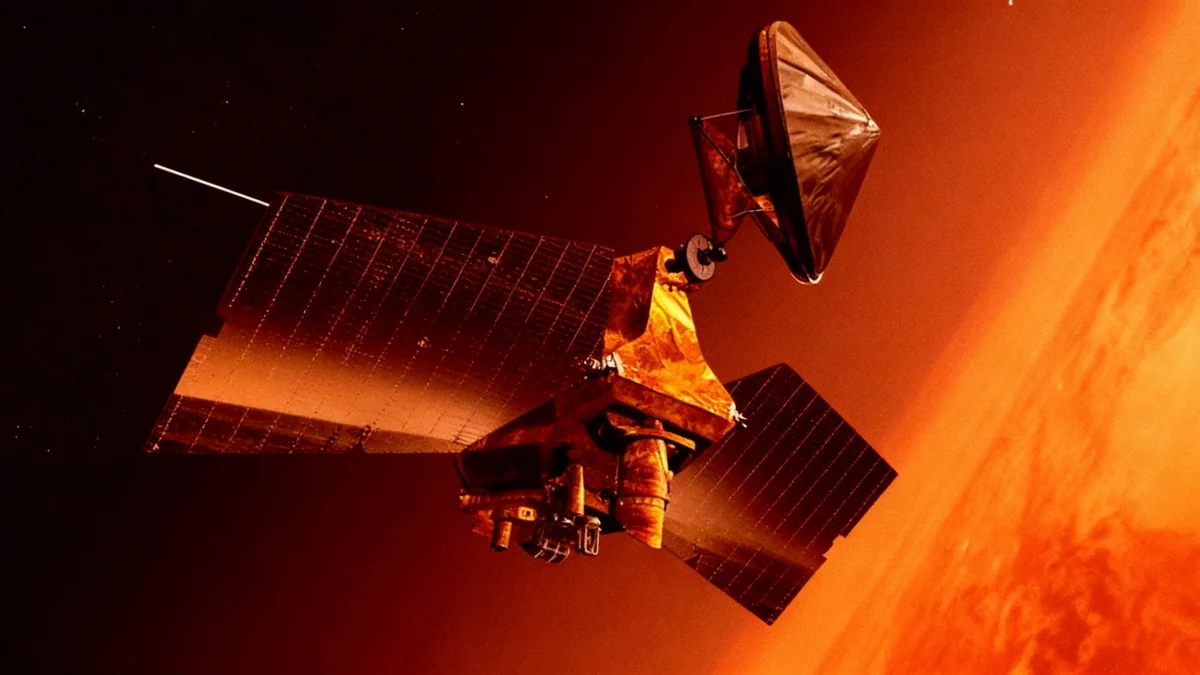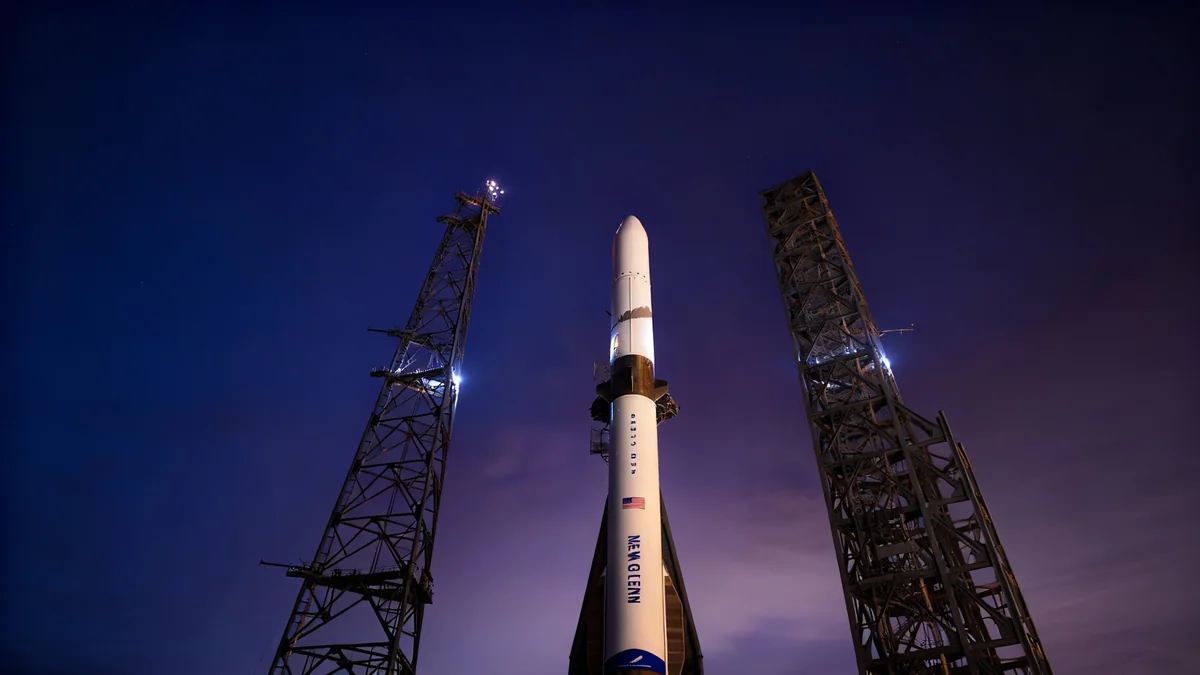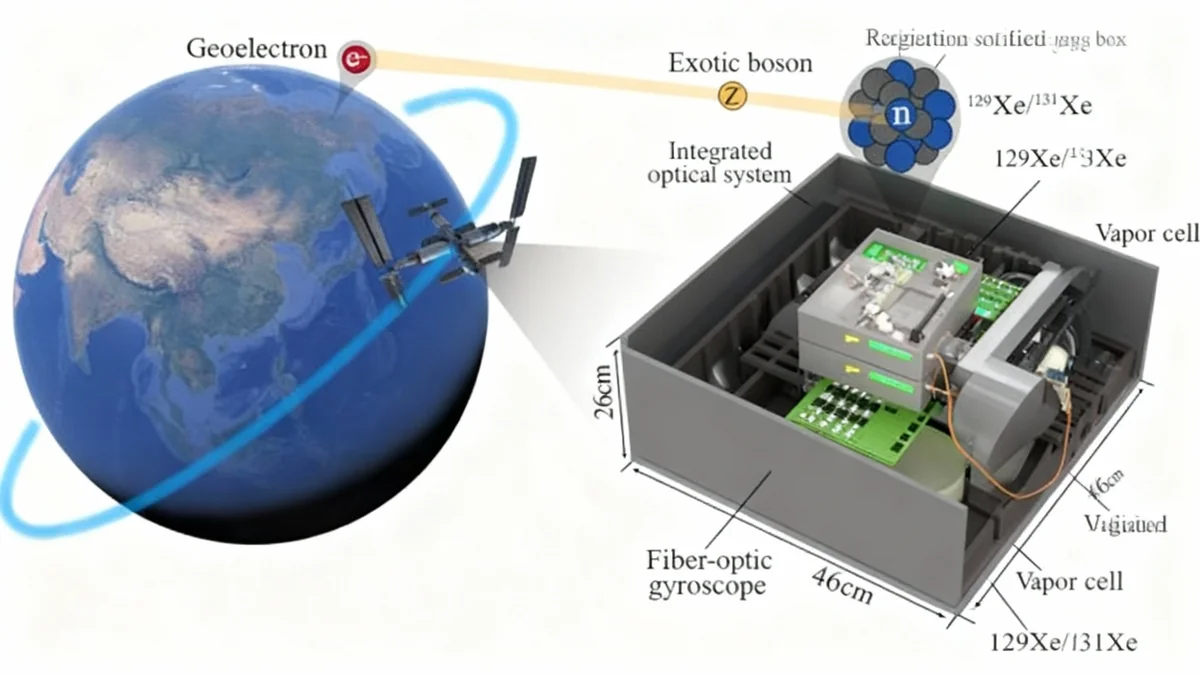Crucial high-resolution images of the mysterious interstellar object 3I/ATLAS, captured last month by a NASA orbiter near Mars, are being withheld from scientists due to the ongoing federal government shutdown. The delay is hindering research into the object's unusual characteristics and true nature.
The images, taken by the Mars Reconnaissance Orbiter (MRO), promise the most detailed view yet of the third confirmed interstellar visitor to our solar system. However, bureaucratic hurdles mean the scientific community must wait until the government reopens to analyze the data.
Key Takeaways
- NASA's high-resolution images of interstellar object 3I/ATLAS are being held back due to the U.S. government shutdown.
- The images, taken by the Mars Reconnaissance Orbiter, are roughly three times the resolution of previous Hubble photos.
- China's space agency has released its own images, confirming the object has a coma but providing less detail.
- Scientists note the object is behaving unusually, lacking a visible tail after its close pass by the Sun.
A Missed Opportunity for Science
Last month, the interstellar object designated 3I/ATLAS made a close pass of Mars, coming within 18 million miles of the Red Planet. This provided a rare opportunity for observation. NASA's MRO used its powerful High Resolution Imaging Science Experiment (HiRISE) camera to capture detailed photographs of the visitor.
These images are highly anticipated by astronomers, as they are expected to offer a resolution approximately three times greater than those taken by the Hubble Space Telescope in July. A clearer view could provide definitive answers about the object's size, shape, and composition.
Despite the scientific importance, the data remains inaccessible. The federal government shutdown, which began shortly after the images were captured, has created a bureaucratic deadlock preventing their release.
Political Pressure Meets Bureaucratic Wall
The delay prompted Representative Anna Paulina Luna of Florida to formally request the images from NASA. In a letter to interim administrator Sean Duffy, she emphasized the data's importance for understanding interstellar visitors.
"This information is of great importance to advancing our understanding of interstellar visitors and their interaction with our solar system," she wrote. "The brightest pixel in these images will provide our most precise constraint on the object’s size to date."
Following a conversation with the space agency, Rep. Luna confirmed the delay. She stated that NASA will release the images and associated data as soon as the government reopens but is unable to do so until then for what she described as "bureaucratic reasons."
What is an Interstellar Object?
An interstellar object is a celestial body, such as an asteroid or comet, that passes through our solar system but does not originate from it. These objects provide a unique chance to study material from other star systems. 3I/ATLAS is only the third such object ever confirmed by astronomers.
China Releases Its Own Observations
While the scientific community awaits NASA's data, another space agency has provided a glimpse of 3I/ATLAS. The China National Space Administration (CNSA) released images taken by its Tianwen-1 Mars orbiter, which also had a close encounter with the object.
Harvard astronomer Avi Loeb, who has been assisting Rep. Luna, noted that the Chinese images are valuable. "The released HiRIC images show the nucleus and a surrounding coma with a diameter of several thousand kilometers," he explained in a blog post.
The coma is the cloud of gas and dust that typically surrounds a comet's core. While the CNSA images confirm 3I/ATLAS has cometary features, they do not possess the high resolution needed for precise size calculations that the MRO images are expected to provide.
An Object of Immense Scale
Previous calculations by Avi Loeb suggest 3I/ATLAS could be extraordinarily large. His estimates indicate a solid nucleus potentially larger than 3.1 miles in diameter, with a total mass exceeding 33 billion tons. Higher-resolution data is needed to confirm these figures.
The Mystery of the Missing Tail
Adding to the intrigue, 3I/ATLAS has exhibited behavior that defies typical cometary models. After passing its closest point to the Sun, a comet usually develops a prominent tail as solar radiation and wind push gas and dust away from its nucleus.
However, images taken by the R. Naves Observatory in Spain on November 5 showed no such tail. This is highly unusual for an object that just experienced intense solar heating.
According to Loeb's analysis, the object should have lost a significant amount of its mass—more than 13 percent—during its solar pass. "For a typical comet, this should have resulted in a massive coma with dust and gas that would have been pushed... to the shape of a typical cometary tail," he wrote. The absence of this feature raises new questions.
Some of these observations have fueled more speculative theories, including Loeb's controversial hypothesis that the object could be an artifact from an extraterrestrial civilization. While most astronomers believe it is a natural comet, its strange behavior continues to puzzle experts. The delayed NASA images hold the potential to provide clarity, but for now, the mysteries surrounding 3I/ATLAS remain locked behind a government shutdown.





